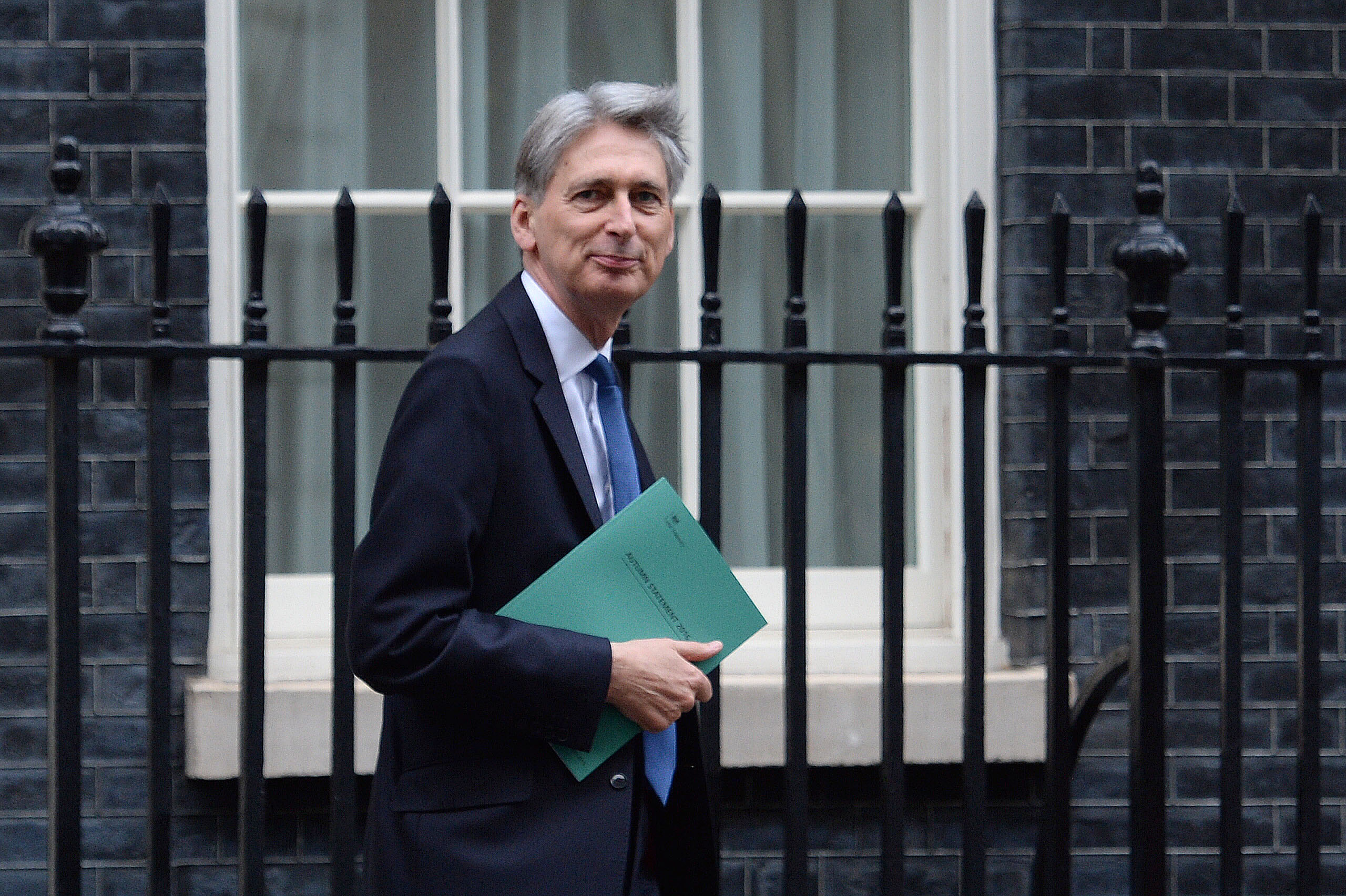
WHO’D take jam tomorrow over jam today?
I’m straight in the jar given half a chance (especially if it’s pineapple jam).
Not Philip Hammond, though – he’s leaving his spoon in the cutlery drawer and locking it.
Or rather he’d prefer to keep the so-called Jams – families who are “just about managing” – waiting.
Theresa May had identified them as a priority for support.
But the Chancellor had other ideas in his first – and, as it turns out, last, given it’s to be abolished – Autumn Statement.
He favoured investing in potential long-term economic growth over putting money in people’s pockets now.
No sticky fingers any time soon, then.
Of course, the UK Government would dispute this characterisation – Hammond froze fuel duty for the seventh consecutive year, announced a rise in the national living wage and confirmed the increase in the tax-free personal allowance.
The Tory frontbencher also scaled back planned cuts to universal credit, but this was widely seen as a small tweak and there was no mention of the £30-a-week cuts to employment and support allowances for those unable to work due to illness or disability.
Moreover, what he gave to motorists at the petrol pump he took away in rising insurance costs.
Instead of splurging on giveaways, capital spending on infrastructure and innovation – aimed at boosting UK productivity – was the clear focus of his largesse.
A £23bn fund over five years, to be precise.
The Treasury put the boost to Scottish Government coffers through the Barnett Formula at £800m.
But the First Minister immediately accused Hammond of using “classic smoke and mirrors” to mask steep cuts, while Scottish Finance Secretary Derek Mackay, who’ll unveil the Scottish Budget next month, branded the statement “deeply disappointing”.
Crucially, the investment will be funded by additional borrowing, which means abandoning George Osborne’s target to restore a surplus by 2020.
No more fixing the roof while the sun shines, folks.
The new plan is to return to balance “as early as possible” in the next Parliament, while leaving “enough flexibility” to support the economy in the shorter term, a suitably vague pledge that doesn’t really commit Hammond to anything (unless there’s an early election, in which case the field certainly looks very different).
No matter that the Tories have spent the last six years insisting borrowing to invest is bad.
In that sense, it’s a total break with the past, a complete reset, although – amid the uncertainty created by the Brexit vote – these are clearly unprecedented times.
The Office for Budget Responsibility forecasts that accompanied the Autumn Statement indicated George’s sun had retreated behind a very dark cloud.
It predicted a £122bn increase in borrowing over five years, with almost £60bn attributed to the impact of the EU referendum outcome.
While prominent Brexiteers dismissed the estimates as too pessimistic, the Institute for Fiscal Studies (IFS) described the watchdog’s prognosis for growth as “noticeably more upbeat than the Bank of England’s”.
And some economists now believe the national debt could hit £2 trillion in the 2020s.
Particularly frightening is the projected knock-on effect on living standards.
The IFS warned the UK is in line for “an additional dollop of austerity” in the next decade to compensate for the years of deficit ahead.
It also forecast the worst period for earnings growth for 70 years following the sharp downgrade in the economic outlook – real wages on course to be lower than 2008 levels in 2021.
“One cannot stress enough how dreadful that is – more than a decade without real earnings growth,” was IFS director Paul Johnson’s verdict.
The picture painted by the Resolution Foundation, another think tank, wasn’t any less bleak.
Its report said lower earnings and higher inflation could mean incomes growing less than half as fast between 2015 and 2020, compared with the years following the financial crisis and subsequent recession.
To return to our jam, it seems as well as being jam-less today, we will bear the brunt of the cost of Brexit and borrowing spike tomorrow too.
READ MORE
Additional £800m to allocated to Scotland, Chancellor Philip Hammond announces in Autumn Statement

Enjoy the convenience of having The Sunday Post delivered as a digital ePaper straight to your smartphone, tablet or computer.
Subscribe for only £5.49 a month and enjoy all the benefits of the printed paper as a digital replica.
Subscribe